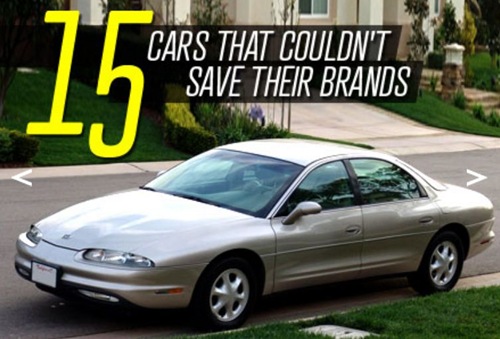
History tells us that many more automakers fail than succeed, and the fields of cars at any concourse or collector car show contain ample evidence. Some auto shows even specialize in so-called orphan cars. Part of the fascination for collectors is that business failure does not necessarily reflect poor design and engineering or a lack of appeal - in fact, a company on the brink is often moved to stretch its creative resources in the search for one big hit that will save the day. Here are 15 that couldn't quite do the job.
1. 1933 Pierce-Arrow Silver Arrow
Buffalo-based Pierce-Arrow, founded in 1901, once ranked with Detroit's Packard and Cleveland's Peerless as the Three P's of Motordom. It was a status symbol for royalty, celebrities, and leading politicians.
Taken over by Studebaker in 1928, Pierce-Arrow regained its independence when Studebaker went bankrupt five years later. Emerging debt-free, it fashioned the stunning Silver Arrow concept shown at the 1933 Chicago World's Fair. The pontoon fenders, tapered tail, lack of running boards, and faired-in headlights (retaining the company's signature flared housing) were easily a decade ahead of the times, delivering on its maker's boast that it was the "car of the future." The silky smooth and quiet V-12 engine made for luxurious motoring. But a $10,000 price tag, 20 times the cost of a mass-market Ford or Plymouth in the depth of the Great Depression, meant only five sold. While the company survived five more years, it never developed a mid-priced car and declared insolvency in 1938.
2. 1936-37 Cord 810/812
One of the great cars of all time, with landmark design and advanced engineering, this Cord proved to be the genuine swan song of Auburn-Cord-Duesenberg.
Errett Loban (E.L.) Cord got his start as a Los Angeles auto salesman, and parlayed that into ownership of the Auburn Motor Company of Auburn, Ind., in 1925. He soon added Duesenberg and the Lycoming engine company to his holdings. The first car to bear his name, the 1929-33 L-29, was the first front-drive American production car.
The company struggled throughout the Depression, gradually investing in the front-drive Cord 810 as a way to fill the gap between the pricey Auburns and the stratospherically expensive custom-built Duesenbergs. The Gordon Buehrig design broke new ground, including its hidden headlamps and unit-body construction. Adding a supercharger turned the 810 into the high-performance 812 for 1937 but it was too late. The $2000 Cord was far too expensive for the mass market yet not posh enough for the ultra-wealthy. Sales of just more than 2300 weren't enough to keep ACD out of bankruptcy.
3. 1954 Kaiser-Darrin
Howard "Dutch" Darrin, a famed coachbuilder in the decades before WWII, signed on as chief designer when Kaiser-Frazer formed in 1945. Darrin quit the firm in 1952 in an artist's pique after some of his designs were drastically altered before production. Upon seeing the homely compact 1953 Henry J, however, Darrin felt the little car had been mistreated by designers and returned to draw up a two-seat sports car that would fit its wheelbase. He showed it to the company and scored a deal to produce it under the Kaiser-Darrin badge.
Kaiser had done well in the car-starved years immediately after the war, but was fading fast against Big Three competition in the early '50s. It needed a big hit. The Henry J wasn't doing the job, but the fiberglass-bodied Kaiser-Darrin, with its distinctive doors that slid into a pocket in the front fender, appealed to the same sports car set that Chevrolet targeted with the Corvette.
Both the Vette and the Kaiser-Darrin were six-cylinders, and the Kaiser topped the Chevy by having a three-speed manual gearbox (Chevy used two-speed Powerglide automatics). Alas, the Kaiser's underlying hardware made for modest performance at a steep $3668 base price. Only 435 were built before Kaiser quit the U.S. car market in 1955, including about 100 "leftovers" that Darrin acquired and sold himself after installing Cadillac V-8 engines.
4. 1954 Hudson Italia
Over-engineered and overbuilt, the compact Hudson Jet of 1953 was better than the Kaiser-Frazer Henry J. Like Kaiser, though, Hudson would have been better off investing in a modern OHV V-8 instead. But Hudson followed the lead of Nash, which had done okay with its 1950 Ramblers, in part because the increasingly dominant Big Three weren't, as yet, interested in the compact segment.
The Jet looked dowdier than designer Frank Spring had intended because management demanded ill-advised changes. As compensation, they gave the unhappy Spring permission to build an "experimental" sports car based on Jet mechanicals. Working with Touring Body Works of Milan, he came up with an all-aluminium prototype that was so well received that Hudson commissioned Touring to build 50. The chassis were sent to Italy, but the production run had barely started when Hudson hit bottom and merged with Nash to form American Motors. Only 25 Italias were built (10 under Hudson, 15 under AMC), all painted the same cream colour. The last cars to wear the Hudson name were mildly reworked Nashes sold in 1957, but Italia was the company's last gasp for an image-building smash hit.
5. 1954 Nash Rambler Cross-Country Station Wagon
The Nash-Kelvinator Rambler line of economy cars proved popular, but not particularly profitable. In the mid-1950s the battle for market dominance between Chevy and Ford saw both slash prices aggressively, putting a crush on the little guys. The '54 Ramblers - the last produced by Nash on its own - included both four-door and wagon models on a longer 108-inch wheelbase.
The Cross-Country station wagon was most notable for the way Nash's staff designed it to use the same rear doors as the sedan. The roof dipped down as a result, before extending straight back, with a luggage rack atop it to minimize the odd look. The wagon wasn't quite a "last gasp," but it was some clever work done in the quest to carve out a niche where Nash might thrive. Orphan car collectors tend to favour the cutesy Metropolitan, but that was really a captive import (built by Austin in the UK) with Nash-specific styling. It survived through 1962.
6. 1958 Packard Hawk
This was really an example of grasping at straws - the proud Packard moniker going out with a carp-mouthed, chrome-festooned embellishment of a Studebaker coupe.
Packard had merged with Studebaker in 1952 with the aim of keeping the Packard name as a distinct upscale brand to compete with Cadillac. Packard's Detroit plant put the name on variations of South Bend-built Studebaker products. The what-might-have-been plan to develop true Packards to compete head-to-head with Cadillac, Imperial, and Lincoln was forecast by the 1956 Predictor show car, developed under design chief Richard Teague and built at Ghia of Italy. Alas, South Bend never found the capital to make those cars reality, so Packard's Detroit plant was shuttered and the name went on mildly reworked Studebakers until 1959, when it was abandoned entirely.
7. 1959 Allard Palm Beach Mk II
Before WWII, Britain's Sidney Allard built a series of specials powered by Ford flathead V-8s and Lincoln Zephyr V-12s, anticipating by decades the formula of putting powerful Detroit iron in a light European chassis that would serve so well the Shelby Cobra, Sunbeam Tiger, and Jensen Interceptor. His post-war production reached greater (but not large) volumes, while the cycle-fendered J2 made its presence known in sports car races from California to Le Mans. By the late '50s, though, tastes were growing more discerning and Allard's crude-but-fast approach wasn't working on the track against more sophisticated cars like the Jaguar and Ferrari. The Palm Beach Mk II tried to bring Allard up to date with more stylish bodywork, better fit and finish, and room underhood for a Chrysler V-8. Only seven were built before Allard folded his tent in 1959, the last one using a Jaguar C-Type inline six and Jaguar disc brakes.
8. 1962 Studebaker Avanti
Sherwood Egbert was named head of Studebaker in 1961 and, deciding the company needed a halo car to revamp its image, sketched out some ideas within weeks of taking the helm. The Raymond Loewy design team that handled Studebaker delivered the Avanti personal luxury coupe. It would have a fiberglass body, the first standard disc brakes on an American car, and an optional Paxton supercharger for its V-8. Egbert figured he could sell 20,000 - but he could build only 1200 the first year, and found only 2300 more buyers before the Studebaker South Bend factory closed in December of 1963. Even so, the Avanti established such a firm list of aspiring owners that several individuals "revived" the Avanti as the base of stand-alone car companies in a succession of repeated failures over the next 40 years.
9. 1981 Triumph TR8
As the silver lining of a government-forced merger of virtually all U.K. makes into the British Leyland (BL) group, Triumph found it had access, via Land Rover, to a V-8 that fit into the doorstop-shaped TR7. Voilà, an instant Corvette-like British sports car, in coupe and ragtop forms. Very few were built before the whole BL thing went sour and sucked Triumph down the drain with it; TR8s were built in three plants and all three were shut down in a desperation bid at survival. The Triumph badge went onto a few Hondas after this, but the once-proud sports car maker had breathed its last. BMW owns the name today, but has no known plan to revive it.
10. 1987 Eagle Premiere
The Canadian-built Premiere had its origins during the era that AMC was owned by Renault. It was so last-ditch that the car didn't even come to market until after Renault sold its American interests to Chrysler. The first few to be built even had Renault badges on them, while Chrysler created the Eagle brand to handle it and some other AMC leftovers. Some were later sold as Dodge Monacos.
The lasting impact of the Premiere was that the platform and plant in Ontario, Canada, formed the base for the FWD LX cars that arrived just in time to lead yet another of the many turnarounds that have kept Chrysler itself off this list of orphan brands.
11. 1995 Oldsmobile Aurora
Today, the idea of a four-door coupe is all the rage among German luxury brands. Oldsmobile did it earlier, but misplayed its advantage. The Aurora shared its platform with the Buick Riviera and its engine tech with Cadillac. By all rights it could have been a Toronado, but marketing "experts" were certain they could fix the brand's troubles by running away from its heritage and name.
The Aurora badge was the only one that appeared on the exterior; "Oldsmobile" appeared virtually nowhere on the car and only in tiny print in the marketing presentations and ads. So while its styling made an impression, would-be customers often got the mistaken notion that Aurora was one of the new luxury brands, like Lexus and Infiniti, from overseas. They couldn't figure out where to buy one.
Oldsmobile as a whole didn't get the image boost it wanted, either. The division lived long enough to produce a second-generation Aurora, mostly because no one wanted to pull the plug before it could celebrate its centennial. Ironically, Olds died in 2004 despite the strongest portfolio of cars its showrooms had seen in 25 years.
12. 1999-2002 Mercury Cougar
Cougar started as a Mustang-like pony car, morphed into a Thunderbird-like personal luxury coupe, and finally became its own Mercury-specific model in 1999. Based on a Mazda front-drive platform and serving as a replacement for the Probe that no longer appeared in the Ford line-up, the Cougar's distinctive hard-edged folded bodywork looks prescient in 20/20 hindsight.
What earns it a place on this list is its status as the last serious attempt to make Mercury something other than a gilded Ford. Management wanted to kill the division early in the 21st century, just as Plymouth and Oldsmobile were being shut down, but Ford family shareholders had affection for its origins as a pet of Henry's son Edsel, so it lived on. Deprived of any fresh products aside from a Marauder package on the fleet-favourite Grand Marquis, Mercury withered on the vine. The last Mercury was built in early 2011.
13. 2002 Plymouth Prowler
Here's what was supposed to happen: A low-volume, high-profile, factory-warrantied hot-rod, penned under leadership of rod-astute design chief Tom Gale, would herald a rebound for Chrysler's moribund budget division, Plymouth, just as Viper had raised Dodge's profile. The alloy-bodied two-seater was good, and cheaper than a Viper, but it didn't work out. Enthusiasts rejected the V-6/automatic powertrain in a car that wasn't personalized enough for the hot-rod ethos. As for Plymouth's Neon and minivan customer base, the Prowler was like a hot new item on the menu that they might ogle in the showroom but would never buy. The car that would have parlayed this design statement into mass-market sales, the PT Cruiser, came to market as a Chrysler after the Plymouth division folded.
14. Hummer H4 (2008 HX concept)
If Hummer was going to survive as a GM division, it had to start building smaller, more efficient vehicles than the military-based H1 and Suburban/Yukon derivative H2. The movement began with the H3 and H3T. It was supposed to continue with an H4 to compete with the Jeep Wrangler for the mass-market off-roader segment. The HX concept shown in 2008 previewed the plan, which never came to fruition. It's the only car on this list that never made it into production.
15. 2009 Saturn Sky/Pontiac Solstice
An anti-Miata from Detroit? This pair of rear-drive roadsters went to two struggling divisions that needed an image boost, and were a play to prove that GM understood driver's cars beyond the Corvette. One could argue that the Aura was more important to Saturn, and the G8 more attuned to Pontiac's muscle-y heritage. But the Sky and Solstice represent a swing-for-the-fences bid to remake customer expectations. With its dying breath, Pontiac even built a few copies of the fastback Solstice coupe, an instant collectible.
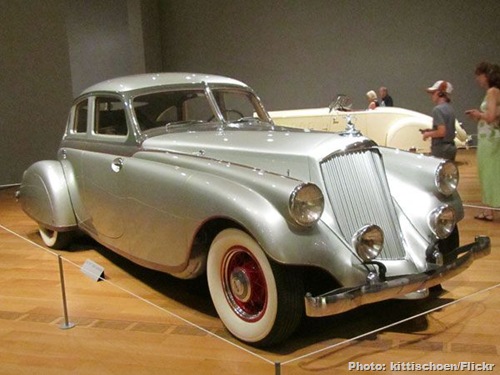
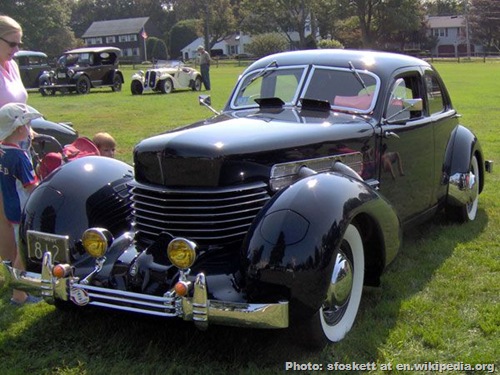

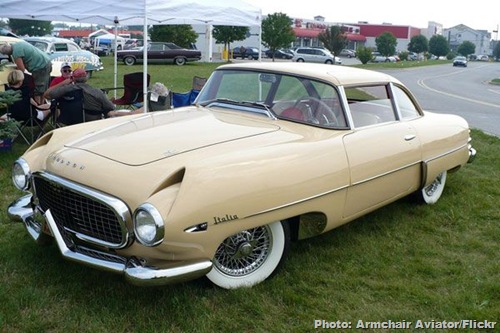
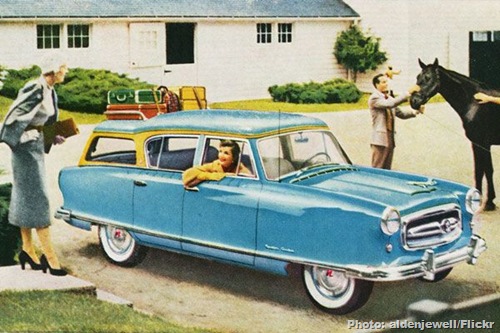

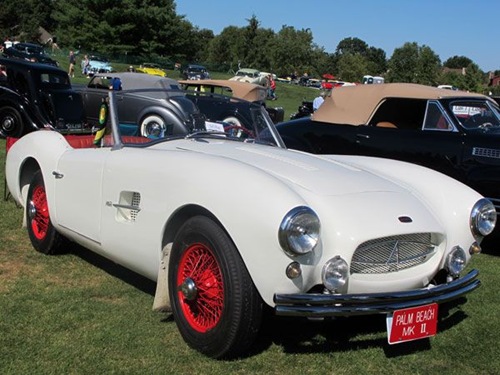

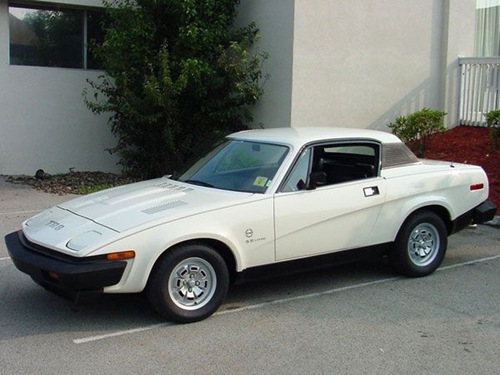

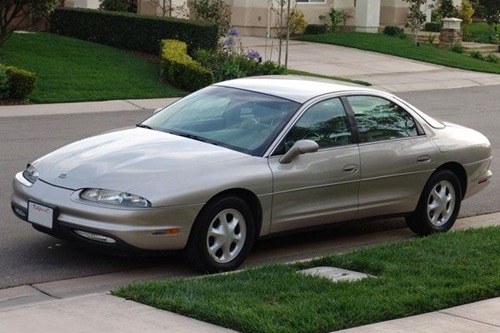
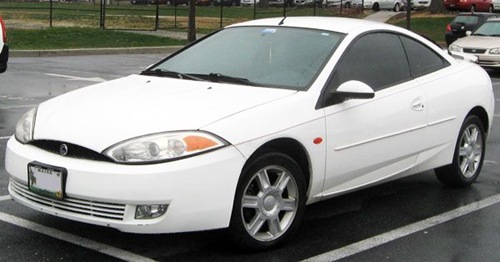
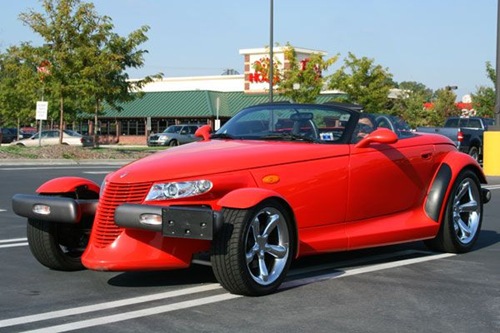
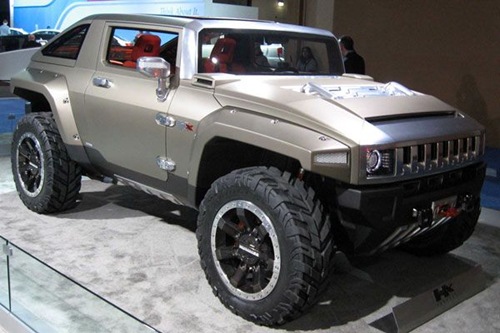
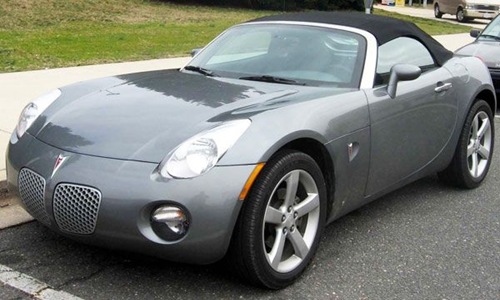
No comments:
Post a Comment
Please adhere to proper blog etiquette when posting your comments. This blog owner will exercise his absolution discretion in allowing or rejecting any comments that are deemed seditious, defamatory, libelous, racist, vulgar, insulting, and other remarks that exhibit similar characteristics. If you insist on using anonymous comments, please write your name or other IDs at the end of your message.